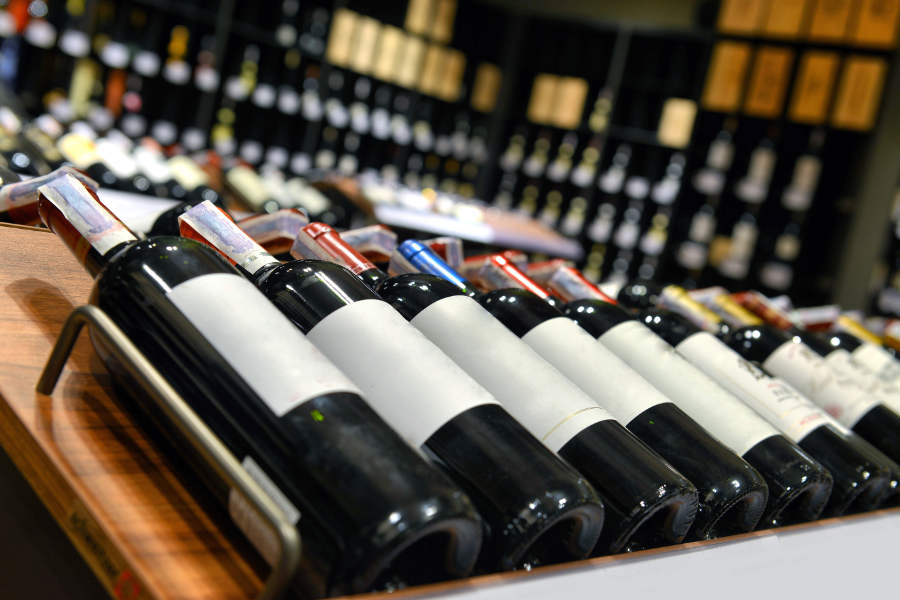
When browsing the grocery store aisles that hold many varieties of bottles in all shapes and sizes, you may begin to notice they all have labels. One of the most iconic and recognized bottle silhouettes – the wine bottle – has a particular label that varies from others. At first glance, you may not think much of it. After all, a label is just a label. Or is it? Although wine and bottle labels may appear similar, they actually have some key differences.
Construction
Non-wine bottle labels are usually printed on a wider range of materials – from paper and plastic to foil – and stick to the outside of the bottle. These labels are designed to communicate important information about what’s in the bottle, such as nutrition facts, brand name, ingredients, and serving suggestions. The brand name or logo may appear very prominently, as well as any other designations such as “organic,” “grass-fed,” Kosher, and so on.
Wine labels, on the other hand, are usually always printed on paper. The labels wrap around the widest part of the bottle, right below the neck. Usually, wine labels are not made of foil or any materials other than paper because it can affect the temperature of the wine inside it. In other words, paper labels on wine bottles are the industry standard.
Design
For non-wine bottles, the labels may include a “best by” date, which batch this bottle comes from in the manufacturing process, and more. In many cases, such identifying information doesn’t make a lot of sense to the customer. Rather, this information is intended for the grocery store and manufacturer, in case they need to reference how many bottles may be affected by a manufacturing error.
Bottle labels are typically used to display the logo, brand name, and basic information about the product. Wine labels, although containing less text and writing than most other labels, have quite a lot of detailed information. This includes winery information, vineyard location, grape variety, alcohol content, year of production, and other information. And of course, we know that wine bottles don’t have a “best by” date. In fact, they get better with age!
Production and History
Wine bottle labels may also feature the winery’s history and philosophy. For example, such labels may explain how the vineyard’s climate gives their wine a unique or superior taste to other wines. It may include information about the winery’s founders since vineyards are often a family-run business. There could also be information about the wine’s manufacturing, for example if the wine is made as “natural wine” or not.
Ultimately, wine and bottle labels serve two different functions. A wine label is designed to capture the attention of the consumer, while a bottle label is designed to provide practical information about the product. Next time you’re browning the wine aisle at your local grocery store, pay attention to the wine bottles that call out most to you. What elements do they have in common?

Leave a Reply